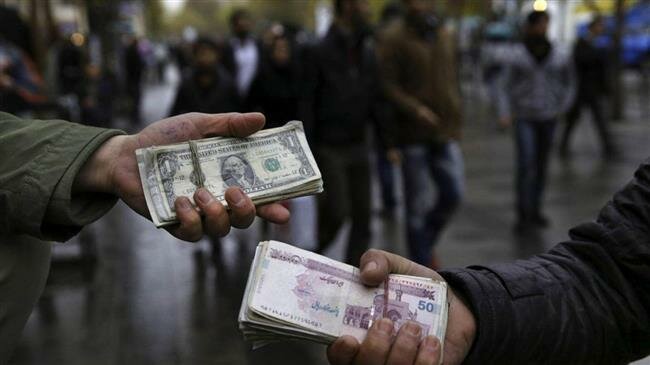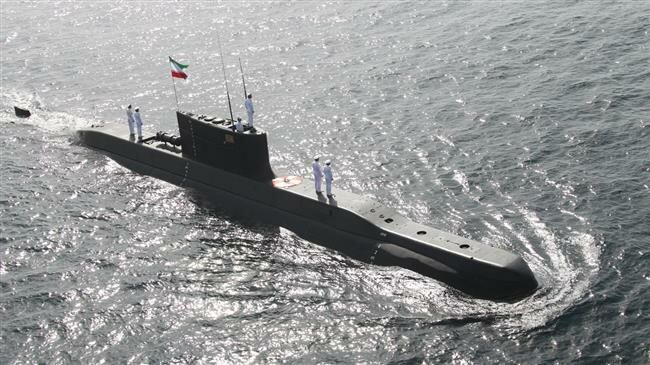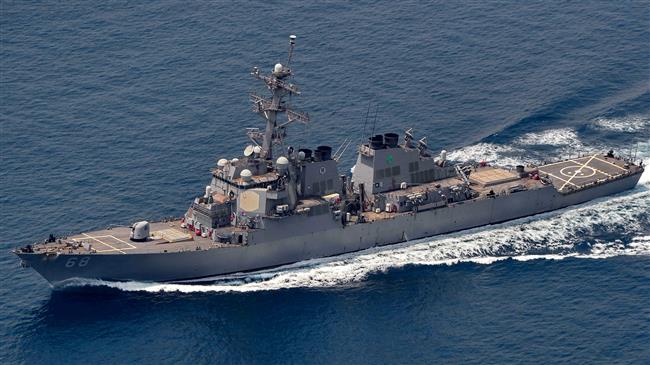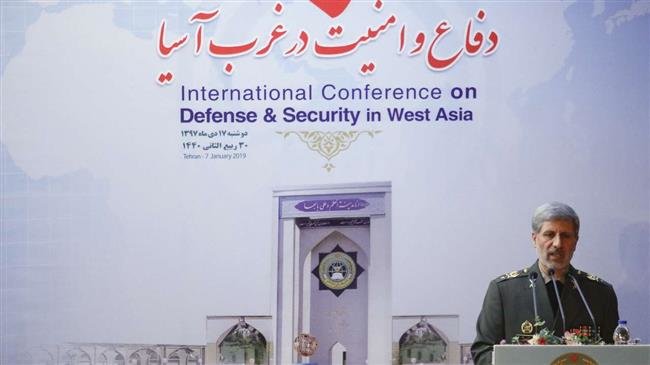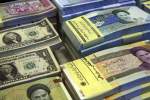Iran’s rial still trade relatively high against US dollar compared to months of low that followed US introduction of crippling economic sanctions against Tehran.
Publish dateSaturday 20 July 2019 - 23:30
Story Code : 188690
The rial was 118,000 against the dollar on Saturday, according to media reports and exchange rate monitoring websites.
That came despite a serious flare-up of tensions in previous days in the Persian Gulf where the US said it had shot down an Iranian drone, a claim denied by Tehran, just before Iranian elite military forces boarded a UK tanker carrying oil in the Strait of Hormuz.
Normally, traders in Iran and neighboring countries had used such opportunities to increase the price of dollar against the rial, saying there might be a serious military confrontation between Iran and the US-led forces in the region.
However, the rial began rebounding earlier this week after months of staying lower than 130,000 against the dollar.
That came after Iranian government introduced measures to control the market, including forcing exporters to bring the currencies earned from trading with foreign customers to an integrated market inside Iran. That helped shorten the gap between various currency prices in the market and encouraged the households to sell their currency savings.
The relative stability in the market also comes despite repeated claims in Washington that the tough sanctions introduced by US President Donald Trump since he withdrew last year from a 2015 Iran nuclear deal, known as the JCPOA, have seriously weakened the Iranian economy and led to general discontent among the public.
However, experts believe Iran is successfully emerging from the impacts of sanctions as the rial is recovering and the government has managed to control inflation and create more jobs over the past months.
They say that the failure of US sanctions against Iran also owes to the fact that they have not been fully observed by major international powers, including those who have signed the JCPOA.
That came despite a serious flare-up of tensions in previous days in the Persian Gulf where the US said it had shot down an Iranian drone, a claim denied by Tehran, just before Iranian elite military forces boarded a UK tanker carrying oil in the Strait of Hormuz.
Normally, traders in Iran and neighboring countries had used such opportunities to increase the price of dollar against the rial, saying there might be a serious military confrontation between Iran and the US-led forces in the region.
However, the rial began rebounding earlier this week after months of staying lower than 130,000 against the dollar.
That came after Iranian government introduced measures to control the market, including forcing exporters to bring the currencies earned from trading with foreign customers to an integrated market inside Iran. That helped shorten the gap between various currency prices in the market and encouraged the households to sell their currency savings.
The relative stability in the market also comes despite repeated claims in Washington that the tough sanctions introduced by US President Donald Trump since he withdrew last year from a 2015 Iran nuclear deal, known as the JCPOA, have seriously weakened the Iranian economy and led to general discontent among the public.
However, experts believe Iran is successfully emerging from the impacts of sanctions as the rial is recovering and the government has managed to control inflation and create more jobs over the past months.
They say that the failure of US sanctions against Iran also owes to the fact that they have not been fully observed by major international powers, including those who have signed the JCPOA.
avapress.net/vdcb9wb8grhbw0p.4eur.html
Tags
Top hits
